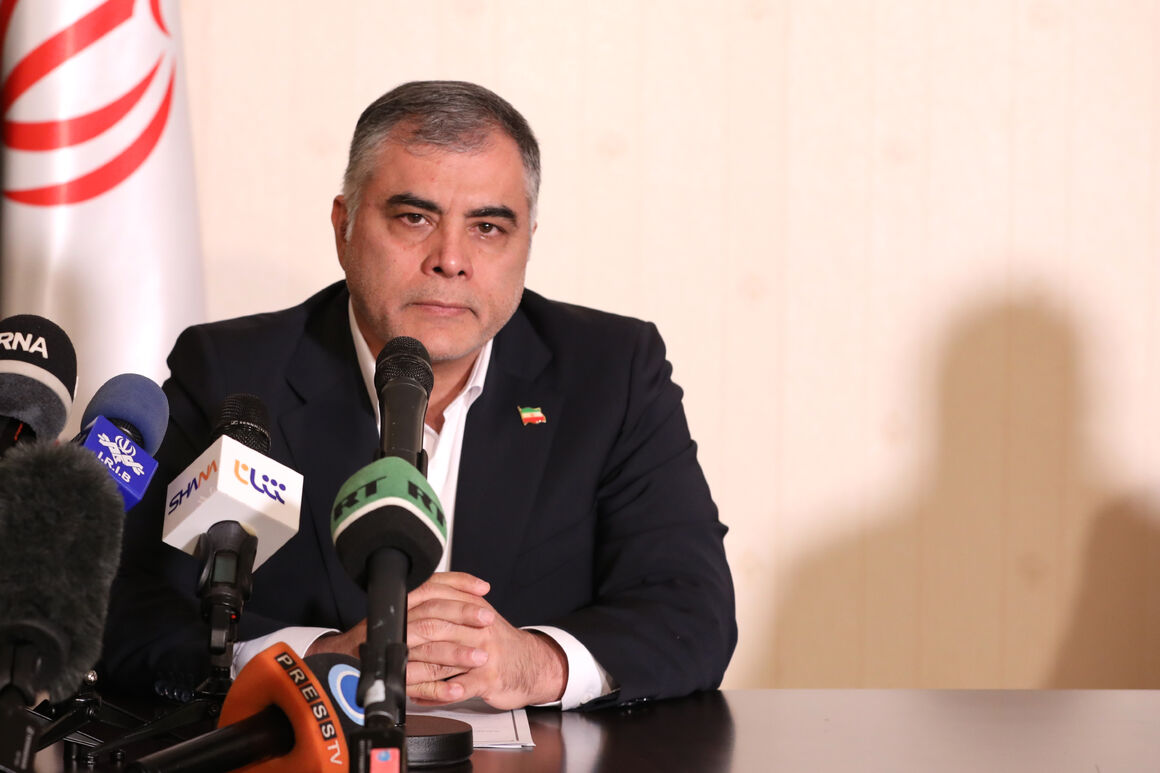Mohsen Paknejad spoke at a press conference Friday following the commission’s meeting, noting that specialized committees in trade, economics, finance, banking, transportation, customs, industry, mining, energy, health, agriculture, tourism, and technology participated. A final memorandum of understanding was signed by both sides.
Thanking Russia for hosting, Paknejad said past decisions by expert committees and documents signed at this meeting have laid the groundwork for expanded bilateral economic cooperation, particularly under new international conditions.
The oil minister emphasized key discussion points, including cooperation in upstream oil and gas, follow-ups on agreements with Gazprom, establishing a gas hub in Iran, gas trade, petrochemical value chain collaboration, and oil product swaps.
He also noted strategic cooperation in nuclear energy, citing joint projects for the peaceful use of nuclear power, including atomic energy production facilities.
Another priority is activating the International North-South Transport Corridor, with a focus on completing the Rasht-Astara railway as a critical missing link.
Paknejad stressed expanding banking cooperation, aligning standards to boost trade, strengthening commercial centers, and enhancing collaboration in agriculture, health, and customs.
While other cooperation avenues remain open, the commission will primarily focus on these areas, with progress serving as a benchmark for evaluating Iran-Russia economic relations.
He referenced the approval of a comprehensive strategic partnership treaty by both nations’ parliaments, stating its enforcement will open a new chapter in sustained, balanced cooperation. The Oil Ministry, as the commission’s lead, will work to realize these agreements.
Paknejad underscored the need for oversight, removing domestic obstacles, interagency coordination, and new initiatives aligned with current conditions, expressing hope for stable, operational, and effective Iran-Russia cooperation.
Current Iran-Russia trade volume falls short of potential
When asked about Russian companies’ involvement in Iran’s energy sector, Paknejad said current bilateral trade—around $5 billion—is far below real potential. The upcoming free trade agreement with the Eurasian Economic Union (set for Iranian Parliament approval by May 15) will further facilitate Russian investment in Iran’s oil and gas sector.
He noted four active Russian-involved oil contracts in Iran, with companies developing seven oil fields and $4 billion in investments—a figure he said should grow. With bilateral follow-ups, Russian firms’ presence in Iran’s energy projects will expand, especially after the free trade deal takes effect.
Iran is ready for closer energy cooperation with Russia, Paknejad said, hoping for tangible benefits for both nations.
Strategic Partnership Treaty opens new horizon in Tehran-Moscow ties
Russian Energy Minister Sergey Tsivilyov, responding to questions, highlighted past oil and gas agreements, including a December 2023 deal for Russian gas transit to Iran. This project, with two phases, will soon enter implementation, boosting Russian companies’ role in Iran’s energy market.
He said cooperation is based on shared strategic interests and can elevate Iran’s role in regional energy supply chains.
Tsivilyov also cited the high-level partnership treaty signed earlier this year, calling it a new horizon in Tehran-Moscow relations, creating fresh avenues for private-sector engagement.
The Iran-EAEU free trade agreement, effective May 15, will remove major trade barriers. With 2024 bilateral trade reaching $4.8 billion, the deal sets the stage for a larger economic and energy cooperation leap.
He stressed the joint commission’s role in maximizing the two nations’ potential.


Your Comment